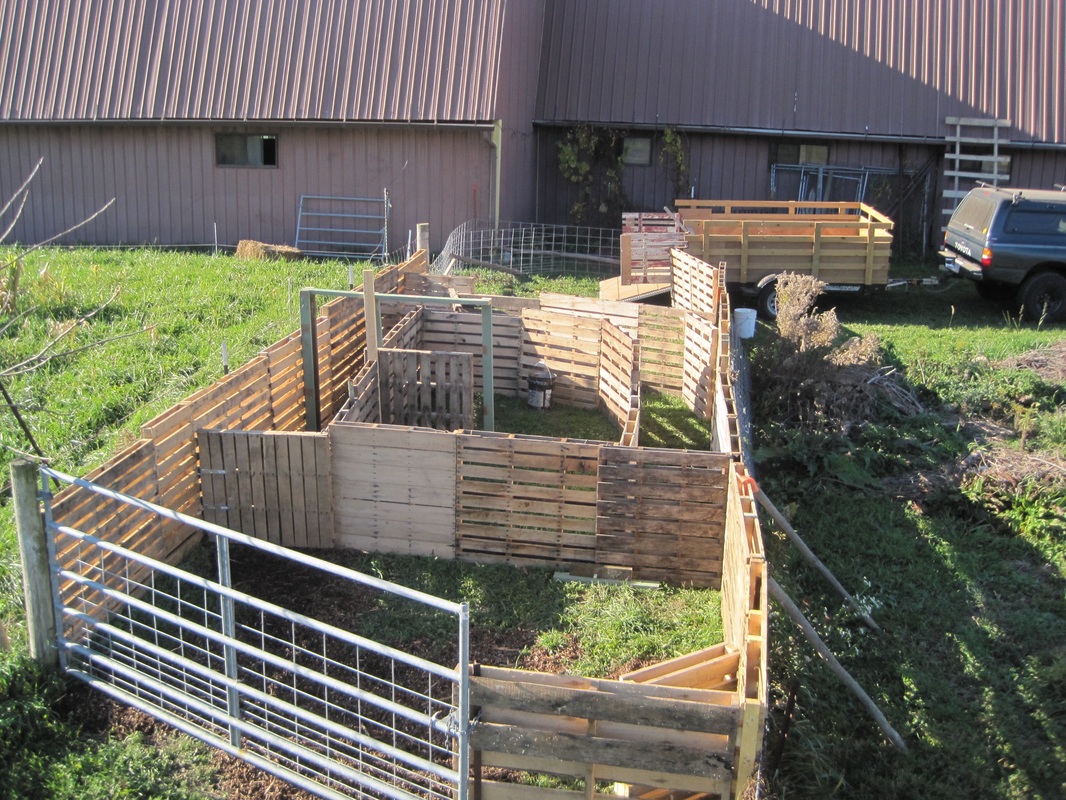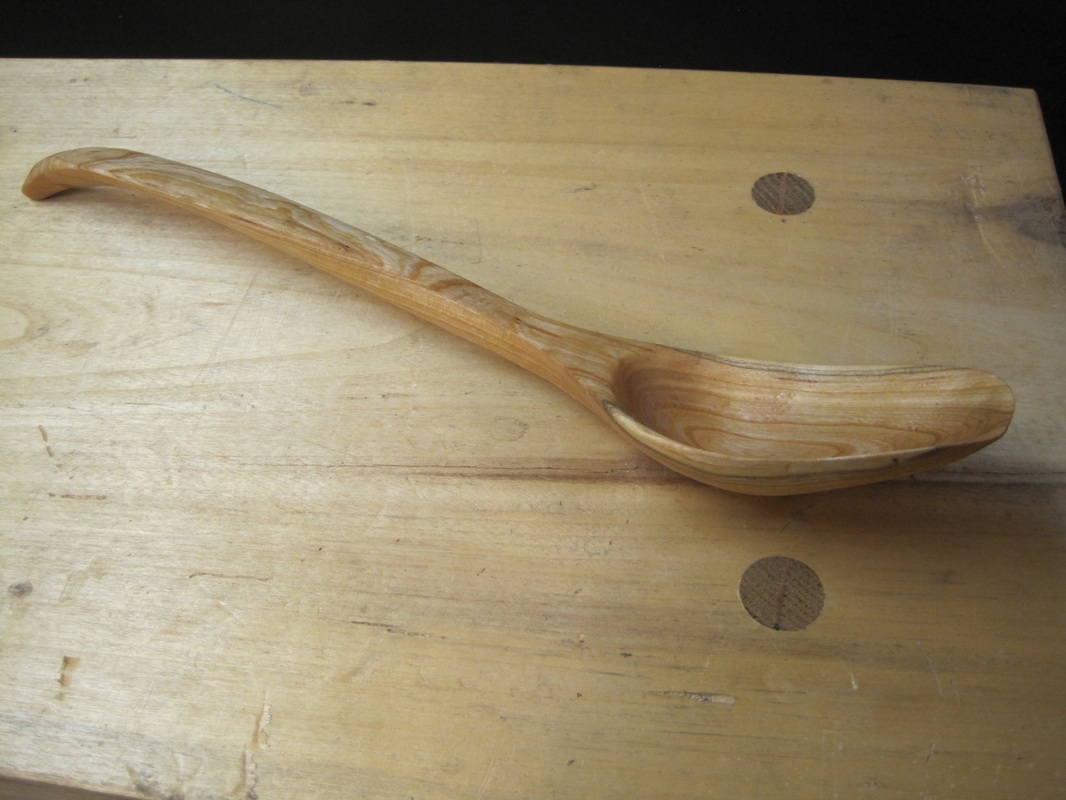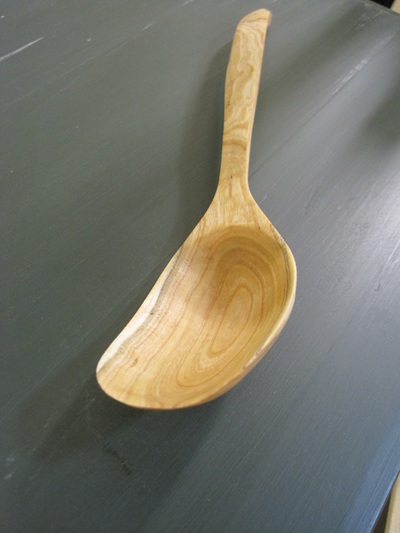|
One question started really nagging me in mid-September:
“How does one guy sort the eight biggest hogs out of the herd to get them on the trailer?” I can move the hogs from pasture to pasture well enough. They come running when I call them and they’ll follow me. I even started preparing them for loading by parking my trailer in the pasture a couple times and putting ear corn in it; they link exploring the trailer with a reward. The good thing about a herd mentality is that everyone wants to do the same thing. The drawback to the herd’s social structure is that the hogs don’t like to be separated from the group. Getting individuals to do different things—you on the trailer, you stay here—isn’t so easy. Linebackers: When they were small, I could put them in a makeshift pen and catch individual animals to separate them. Grown hogs weigh as much as a linebacker, have a lower center of gravity, and twice the traction. I can’t physically compete against that. I didn’t grow up on a hog farm, but I grew up around them. Every time I can remember my cousins or friends sorting hogs, there were multiple people involved. I needed to build a handling system that would allow me to sort hogs alone. Temple Grandin: Animals are easier to handle when you can guide them down obvious paths. My grandfather surrounded the barns he built with fence aisles and myriad gates so he could work cattle easily in any direction. Running animals up into a corner or sorting them in a big lot where they can run back and forth to avoid being cut out of the group stresses them and the handler in a downward spiral. Temple Grandin’s studies of livestock behavior led her to develop livestock handling systems that accounted for animal’s sight, hearing, and sensitivity to movement or potential danger. Based on her recommendations, I needed a setup with narrow aisles that blocked vision to the sides and dividing gates that I could control without getting in front of the hogs. Coming back from Madison one afternoon, I whipped through the three traffic circles at the “N” exit off 94. Traffic circles. I needed a traffic circle for hogs. I love designs that are well thought out and well built, the kind of engineering that lasts for generations. I spent an hour at my desk, sketching an evolving layout for a great solid-panel handling corral. Then I slapped myself for burning an hour. I don’t have the time, equipment, or funds set aside to build a solid fence corral with heavy duty gates and all that. I needed to shift my thinking. Infantry Officer’s Course introduced me to “The 70% Solution”. In war, you don’t need a perfect plan, you need a good enough plan that works right now. I needed something I could build quickly, cheaply, and that would be just strong enough to last for two loadings. Then I could take it down and build something better later. Sanford & Son: I got a trailer load of free pallets from a wholesale materials company. The pallets are decked on both sides, so they block view almost as well as solid panels per Temple Grandin’s recommendations. I stood rows of pallets up against the fence and each other like building a giant card house. Once I established the layout, I started screwing them together with deck and lag bolts. Salvaged T-posts driven inside every third pallet braced the walls well enough. I made a sliding gate with the rollers of a horse stall door mortised into the bottom of a pallet. The rest of the gates swing on hinges or pivot on a single bolt in the bottom. Aside from two pounds of deck screws and two sets of gate hinges and straps from Farm & Fleet, I salvaged everything else. I’ll be able to recover and reuse all of it when I deconstruct the corral. Rehearsals: I wanted to test my corral as soon as I finished it on Friday. I got the hogs into the first pen easily enough, but they balked at entering the aisle. After five minutes coaxing one animal through, I opened all the gates a let them explore on their own. Once they’d been through the aisles several times and found the ear corn on the trailer, I moved them all back to the first pen, closed all the gates and started running them through one at a time. This time, they each entered willingly and waited for the next gate to open, and went where I wanted them to go. The design is far from perfect, but it works. When I load hogs on Thursday, it should be a familiar process to the hogs that results in low stress animals heading to Country Meat Cutters.
0 Comments
When a tree falls, what do you do with it? Until our most recent generations, those who lived on the land knew the best uses for their harvested and windfall trees—from timber framing and furniture from oaks to weaving baskets and chair seats with hickory bark and willow branches. Those examples might seem like an anachronism today, but maybe they shouldn’t be. At least the thought process behind them shouldn’t be. I try to use natural resources to their highest purpose. The best most of us do with downed trees is cutting them for firewood and composting the remainder. That’s not bad. Under the right conditions, firewood is a renewable heat source. Sustainable forestry practices also recommend leaving at least twenty-five percent of any tree on site to decompose and feed the insects, fungi, and microbes that feed the soil. Depending on the tree, we can do better. The Bur Oak that fell across my fence path this the summer will be mostly firewood, but I saved three logs, waxing the ends and rolling them onto slats to dry slowly in the shade until I can get to them later, i.e., when the hogs are dead. I check my fence through the woods twice a day to make sure no branches have fallen across the wire, which could a) ground out the wire, and/ or b) create a breach for the hogs to get out. Last week, I came across a Black Cherry limb almost on the fence. Limbs usually just get tossed in a pile to decompose, but when I noticed a gentle crook without any branches extending from it, I sawed out the piece. (What? You don’t carry a folding saw in the right tool pocket of your Carhartts?) Back at the barn, split the section into two pieces with a froe and cleaned the bark off the sides with a hatchet, revealing the grain. A couple cuts with the saw defined the handle from the bowl, then I started cleaving away with the hatchet. Wood this green, i.e. wet, peels away in gratifying strips instead of chips. I had a rough shape in five minutes. I spent a few evenings working on the spoon, maybe a half-hour at at time. I even worked on it in a few five-minute sessions after lunch. It might seem odd that one project could reinvigorate me before working on another, but the spoon pointed my focus at the intersection of honed steel and grain—discover, explore, discover more. Part of working with wood like this is “reading” the grain. Every cut felt like turning the pages of a book, getting deeper into a story. The curve from handle to bowl follows the grain. The spoon remains very strong with minimal bulk that way. It also means that nature dictated the best form—I just needed to peel back layers to discover it. It’s more than a serving spoon: It’s the spoon from a Black Cherry branch I found one fall day while checking fence; the spoon I hewed out with the metal hammer-handled hatchet I begged my parents to let me buy from Orange’s Hardware store when I was ten; the first spoon I’ve carved where the final form matched the image held in my head from the moment I sawed the branch. It’s the most satisfying and simplest project I’ve done in a long time. |
Ryan Erisman
Former Marine Infantry Officer. Iraq Vet. Interested in Regenerative Agriculture at any scale. Archives
February 2023
Categories |
Odyssey Farm, LLC.
The Odyssey Farm Journal
Odyssey Farm, LLC
|
Dane County Climate Champion
|
608.616.9786
|
Copyright © 2016














 RSS Feed
RSS Feed